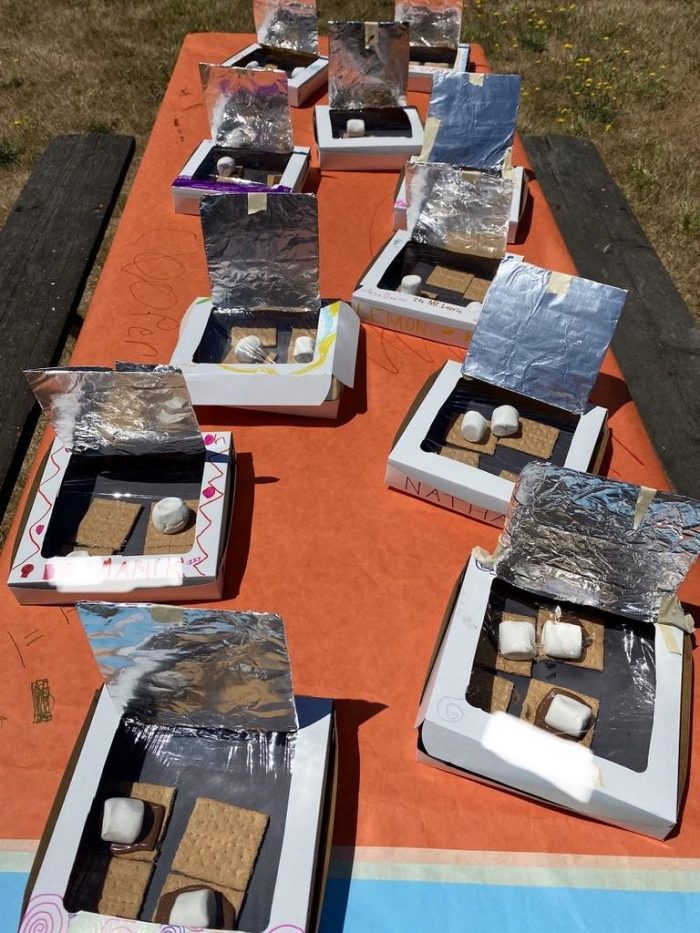The Farm Home campus is the perfect environment for teaching about water, soil, animals, and plants. Our path between buildings has a slough that comes from the Willamette River, various types of trees, and a field that houses many critters and food for birds and other predatory animals. When we were given the opportunity to do a summer program, we just had to use our campus as a learning experience. Our week taught us about the nature surrounding us and it brought students of various ages learning, singing, and playing!
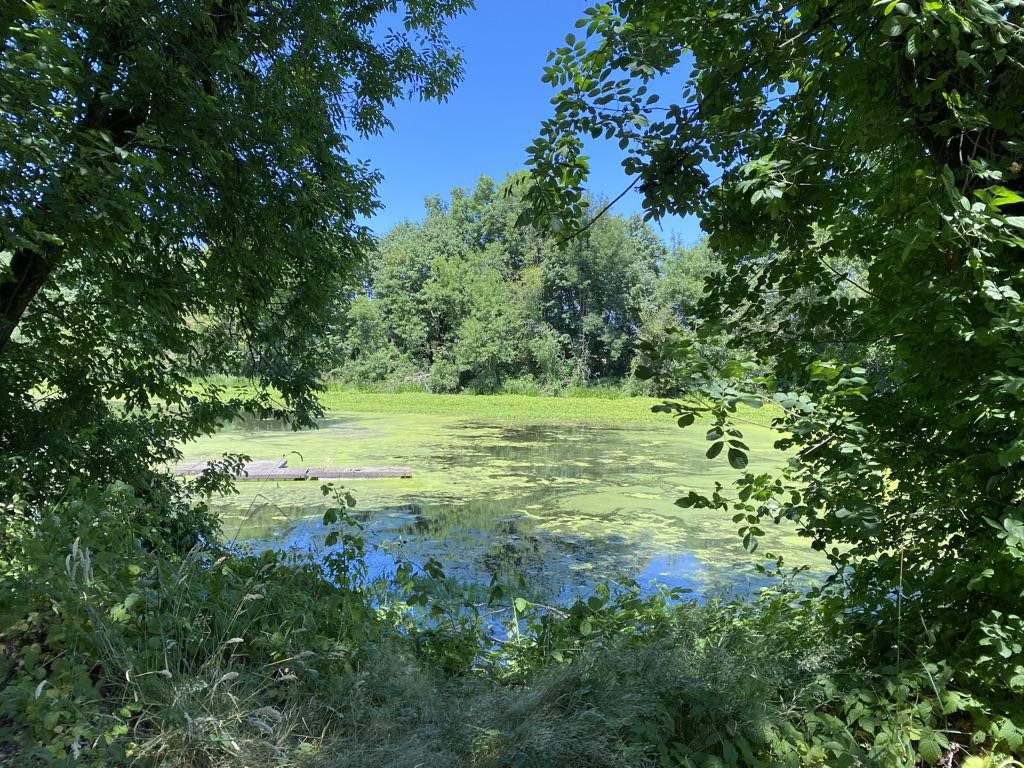
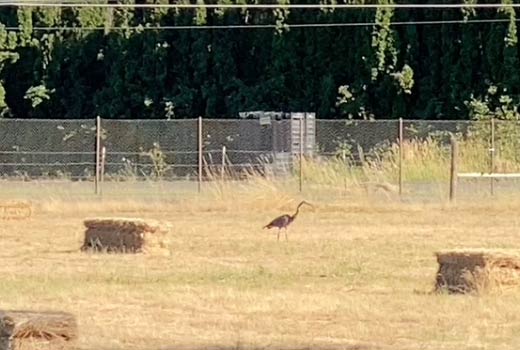
For this summer outdoor school program, our Day Treatment high school students had the opportunity to earn credit by helping prepare our materials and had the option to teach the other students different lessons, games, and songs. Our high school students stepped up and went beyond their comfort zones to do things they had never done before. Most of the fun working with the high school students was to see them teach the younger students and the ways they included them into the activities.
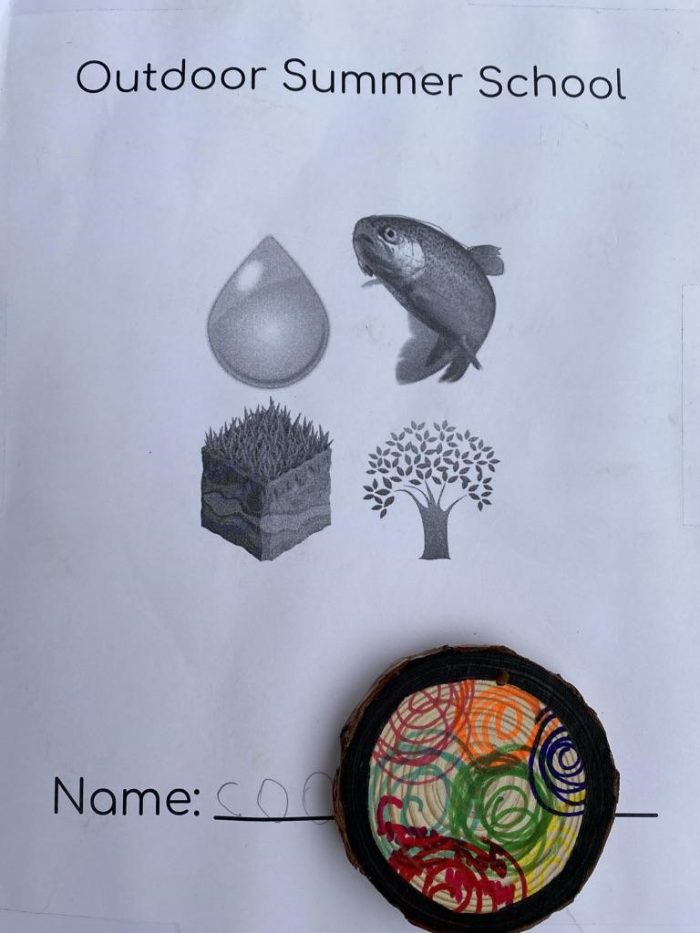
Once our high school students were ready, we spent four days as a whole group — from 3rd grade to high school. We explored various aspects of water such as the importance of knowing the pH of our waters and how erosion and landslides affect our communities through the use of a stream table. We also got to test water from the Willamette River. Students studied various types of soil around our campus. Pelts, feathers, and skulls were observed and identified. The plants and flowers growing in the garden were used to learn more about its parts — no flowers from the garden were harmed during the learning process.
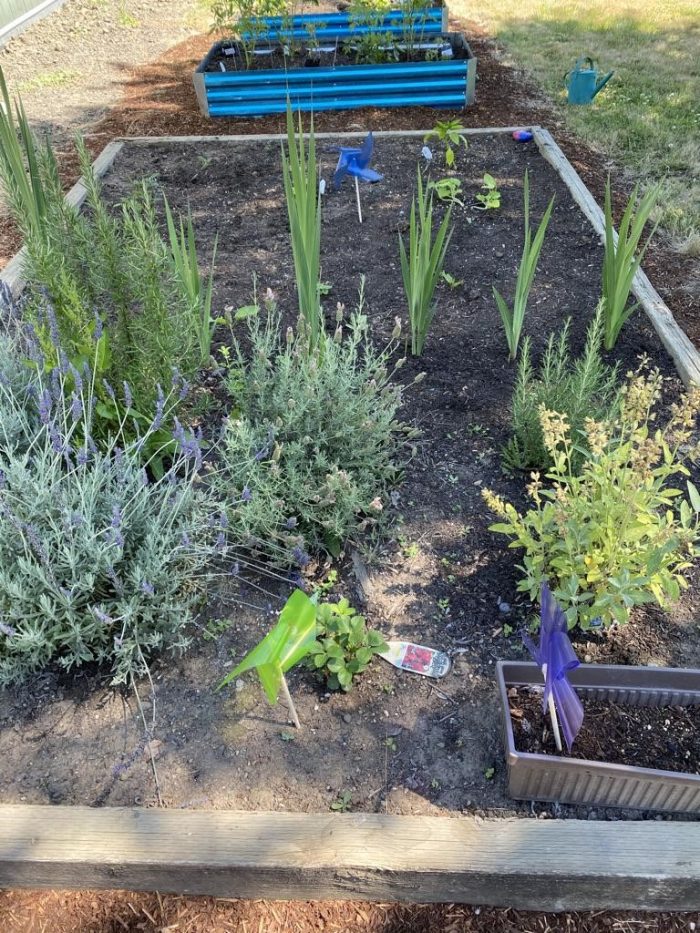
The wildlife around campus gave us a lot to learn from without having to go too far. The group enjoyed listening to and understanding bird calls. It was beautiful seeing the group sitting in silence taking in the various bird calls. We went on walks to spot different forms of wildlife and naming the trees around campus. We learned how to identify decomposers such as fungi, bacteria, and invertebrates. Students found an owl pellet and were eager to see what it looked like, so we switched one of our activities to owl pellet dissection. It soon became a comparison of who had more skulls and students helping each other dissect their pellets to make sure they had not missed anything.
There were many camp songs and games too! The high school students who started off hesitant to lead group activities, were belting out camp songs and their fellow students gave it their best to repeat after their calls. Games were a hit even in the heat! Watching a 3rd grader go head-to-head with a high school student in “Down By the Banks” was definitely a sight to see! The singing and laughter carried throughout our end of the campus.
In the end, students not only learned more about the outdoors, there were lessons in accepting each other’s differences, utilizing the skills of each person, and persevering through hard work! Plus, there were s’mores! Since we could not have an open flame our Instructional Assistant suggested solar ovens! We learned the power of the sun and its effect on s’mores. A delicious way to end Summer Outdoor School!
